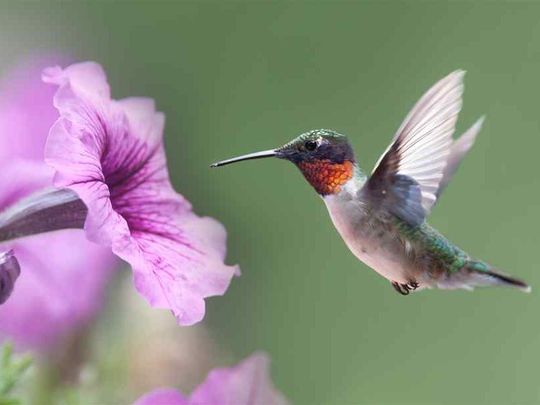Attracting Wildlife to Your Landscape

Most homeowners landscape their property for aesthetic reasons, and there’s not a thing wrong with wanting your home’s outdoor areas to look beautiful. Not only can your gardening be pleasing to the eye, you can attract beneficial insects and small mammals to your plantings. Follow these tips if you’d like to create a mini-habitat oasis in your yard.
-
- If you’re not sure where to begin, contact your local USDA Extension office, and they offer a wealth of information to educate you and get your started on your way to attracting wildlife.
-
- Using native plants is the first step in attracting birds and butterflies, and most of these are perennials that have a short blooming season. Don’t be afraid of losing color; you can intersperse the native plantings with colorful annuals.
-
- Purchase or build housing to attract birds, making sure dimensions are correct for certain types of birds, and be sure birdhouse placement is where it will be most attractive to the birds.
-
- Other man-made shelters can be made or bought to attract wild things: houses for bats, butterflies, carpenter bees and ladybugs will not only add charm to the landscape, you will be bringing insects that will help you fight the bad bugs.
-
- To invite frogs to take up residence, take any old clay pot, use ceramic tile cutters to make a doorway around the top edge, and turn the pot upside down on the ground for a frog house.
-
- Besides placing feeders in different areas, clean water is essential for wildlife, and having small shallow dishes with clean water scattered about (under cover of plantings) will keep little animals coming back to your yard again and again.
-
- Attracting wildlife can be wonderful and educational, but having deer devour your landscaping isn’t wonderful at all. Keep them at a distance by using this list of plants that don’t appeal to deer from Old Farmer’s Almanac.
One of the first things you need to commit yourself to if you’d like all sorts of beneficial animals to visit and even live in your landscaping is going non-chemical for bad insects and weed control. Education is the key, so do a lot of reading and learning before you begin this venture. Landscaping that incorporates plants and animals is landscaping that benefits everyone.
Courtesy of New Castle County DE Realtors Tucker Robbins and Carol Arnott Robbins.
Photo credit: naplesnews.com





